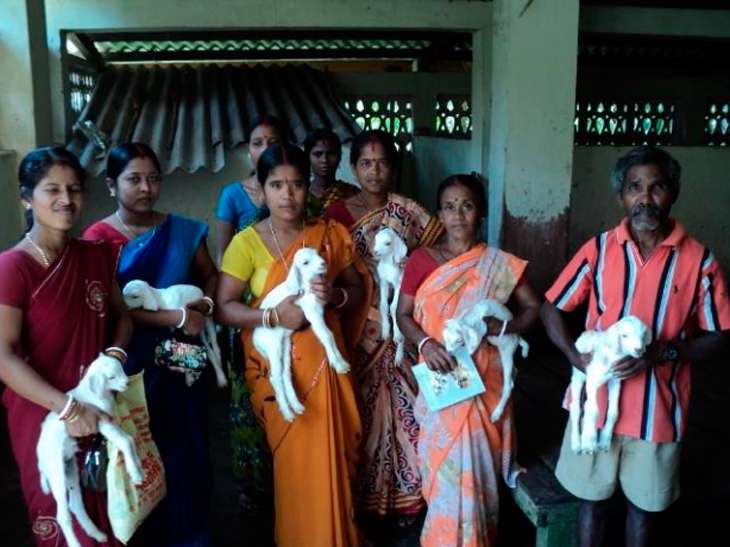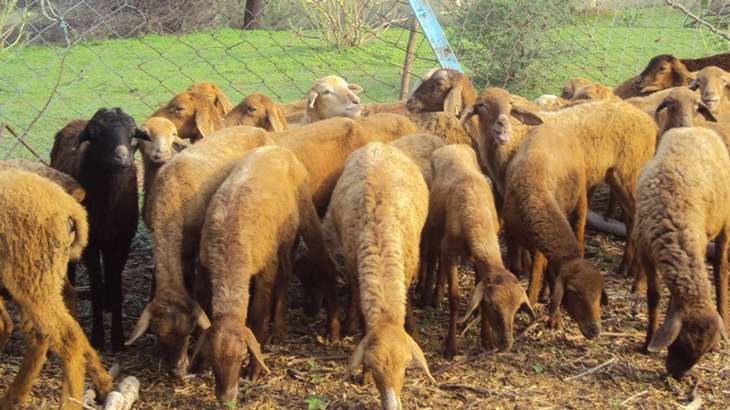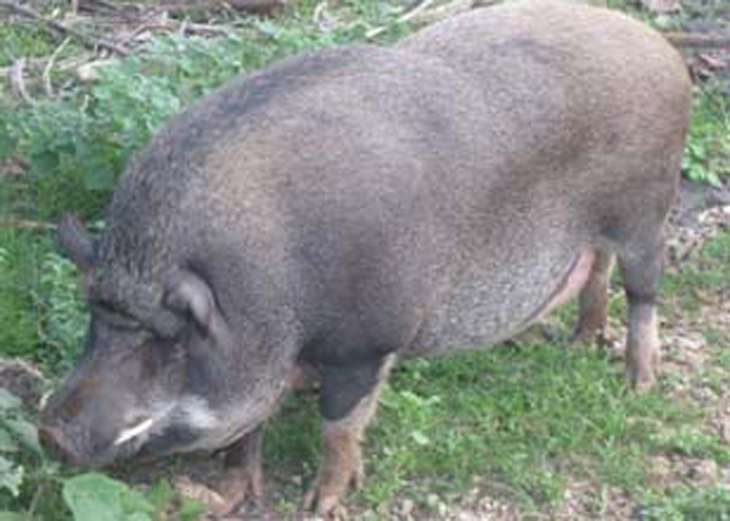Badri cow, Teressa goat: meet new Indian breeds of livestock

India has registered nine new indigenous breeds of livestock and poultry this year, taking the number of "desi" breeds to 160, including 40 of cow and 13 of buffalo.
The new breeds, some of which are on the verge of extinction, were identified and registered by the National Bureau of Animal Genetic Resources under the Indian Council of Agricultural Research.
Also Read: Rajasthan: More than 500 cows starve to death at Hingonia shelter
Registration of livestock is a process of "documentation of the knowledge, skills and techniques and biological resources of local communities", as per the ICAR. It\'s a "critical pathway for public description and documentation of genetic material". The idea is to build an authentic national documentation system of valuable sovereign genetic resources with known characteristics.
The newly registered breeds are: Badri cow (Uttarakhand); Doom pig (Assam); Kendrapada sheep (Odisha); Tenyi Vo pig (Nagaland); Kaunayen chicken (Manipur); Nicobar pig, Teressa goat (Nicobar Island); Kodi Adu goat, Cheevadu sheep (Tamil Nadu). The more prominent of these are listed below:
Indigenous to Uttarakhand, this cow comes in varied colours - black, brown, red, white, grey. It is more resistant to diseases than other breeds of cow and can cope with rough hilly terrain and climate. Uttarakhand has an estimated 16 lakh Badri cows.

Although found mainly on the Nicobar Island, Teressa is indigenous to the place; it was introduced by the British. This goat is highly disease-resistant and is reared mostly for meat. In the past decade or so, the government has focused efforts on improving the breeding of Teressa, with most of them now being artificially inseminated.
Also Read: The threat to the world's largest wild animals is much greater than we thought
This sheep is primarily reared for meat and manure. It, however, also plays a role in the socio-cultural life of many communities, which use it for various ceremonies and rituals. Little data is available on the geographical spread of Cheevadu, but it's found across south India, especially in Tamil Nadu.

This breed is found mainly in Odisha, estimates putting its number at over 1,23,000. Kendrapara is unique in birthing more lambs per delivery than any other sheep in the world. This is thanks to a rare gene mutation, which was discovered during a year-long research by Odisha's Fisheries and Animal Resources Development. This sheep is reared mostly for its meat.

Locally know as Ha-un, this pig is integral to the island's culture and tradition. Rarely reared, the pig roams freely around, and local tribes slaughter it for meat. According per the ICAR, as the tribals aren't into farming, pigs are reared under the "free range system" and not for commercial purposes. The Nicobar pig is well adapted to the island's environment and can survive with a "low level of management". Still, the animal is under threat of extinction and, the ICAR insists, "immediate conservation efforts are required to preserve it".
Also Read: The most pricey meatball in the world isn't at a Michelin restaurant. It's lab-grown
First published: 25 August 2016, 10:18 IST





![BJP's Kapil Mishra recreates Shankar Mahadevan’s ‘Breathless’ song to highlight Delhi pollution [WATCH] BJP's Kapil Mishra recreates Shankar Mahadevan’s ‘Breathless’ song to highlight Delhi pollution [WATCH]](https://images.catchnews.com/upload/2022/11/03/kapil-mishra_240884_300x172.png)

![Anupam Kher shares pictures of his toned body on 67th birthday [MUST SEE] Anupam Kher shares pictures of his toned body on 67th birthday [MUST SEE]](https://images.catchnews.com/upload/2022/03/07/Anupam_kher_231145_300x172.jpg)






